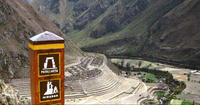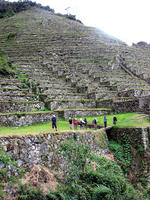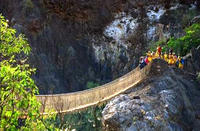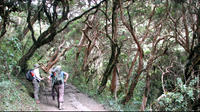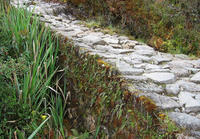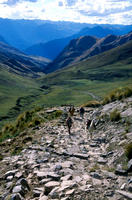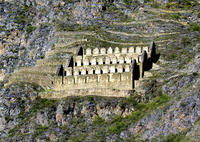You are in: South America -> Argentina -> Qhapaq Ñan, Andean ... , and traditional search or Image Gallery will yield results of this site only
Qhapaq Ñan, Andean Road System Qhapaq Ñan, Andean Road System Qhapaq Ñan, Andean Road System Qhapaq Ñan, Andean Road System
| Site number: | 1459 |
|
| Type of site: | Cultural | |
| Date: | 1200BCE-1535 | |
| Date of Inscription: | 2014 | |
| Location: | South America: Argentina, Bolivia, Chile, Colombia, Ecuador, Peru | |
Up to 75 images are shown here. Click on each for more details or on Image Gallery for more images.
Six official UN languages:
Chinese,
English,
French,
Russian,
Spanish
Other languages: Belarusian, Catalan, Croatian, Danish, Dutch, Georgian, German, Italian, Lithuanian, Macedonian, Norwegian-nynorsk, Portuguese, Tamil, Ukrainian, Vietnamese
Other languages: Belarusian, Catalan, Croatian, Danish, Dutch, Georgian, German, Italian, Lithuanian, Macedonian, Norwegian-nynorsk, Portuguese, Tamil, Ukrainian, Vietnamese
| Description: | This site is an extensive Inca communication, trade and defence network of roads covering 30,000 km. Constructed by the Incas over several centuries and partly based on pre-Inca infrastructure, this extraordinary network through one of the world’s most extreme geographical terrains linked the snow-capped peaks of the Andes – at an altitude of more than 6,000 m – to the coast, running through hot rainforests, fertile valleys and absolute deserts. It reached its maximum expansion in the 15th century, when it spread across the length and breadth of the Andes. The Qhapac Ñan, Andean Road System includes 273 component sites spread over more than 6,000 km that were selected to highlight the social, political, architectural and engineering achievements of the network, along with its associated infrastructure for trade, accommodation and storage, as well as sites of religious significance. --From the description at WHC Site, where additional information is available. | |
| The Inca road system was the most extensive and advanced transportation system in pre-Columbian South America. The construction of the roads required a large expenditure of time and effort, and the quality of that construction is borne out by the fact that it is still in quite good condition after over 400 years of use. The network was based on two north-south roads with numerous branches. The best known portion of the road system is the Inca Trail to Machu Picchu. Part of the road network was built by cultures that precede the Inca Empire, notably the Wari culture. During the Spanish colonial era, parts of the road system were given the status of Camino Real. --Wikipedia. Text is available under the Creative Commons Attribution-ShareAlike License. | ||
| Source: | http://whc.unesco.org/en/list/1459 | |
| Source2: | Wikipedia (http://wikipedia.com) | |
| Reference: | 1. UNESCO World Heritage Center (http://whc.unesco.org/en/list/1459). 2. Wikipedia. | |



